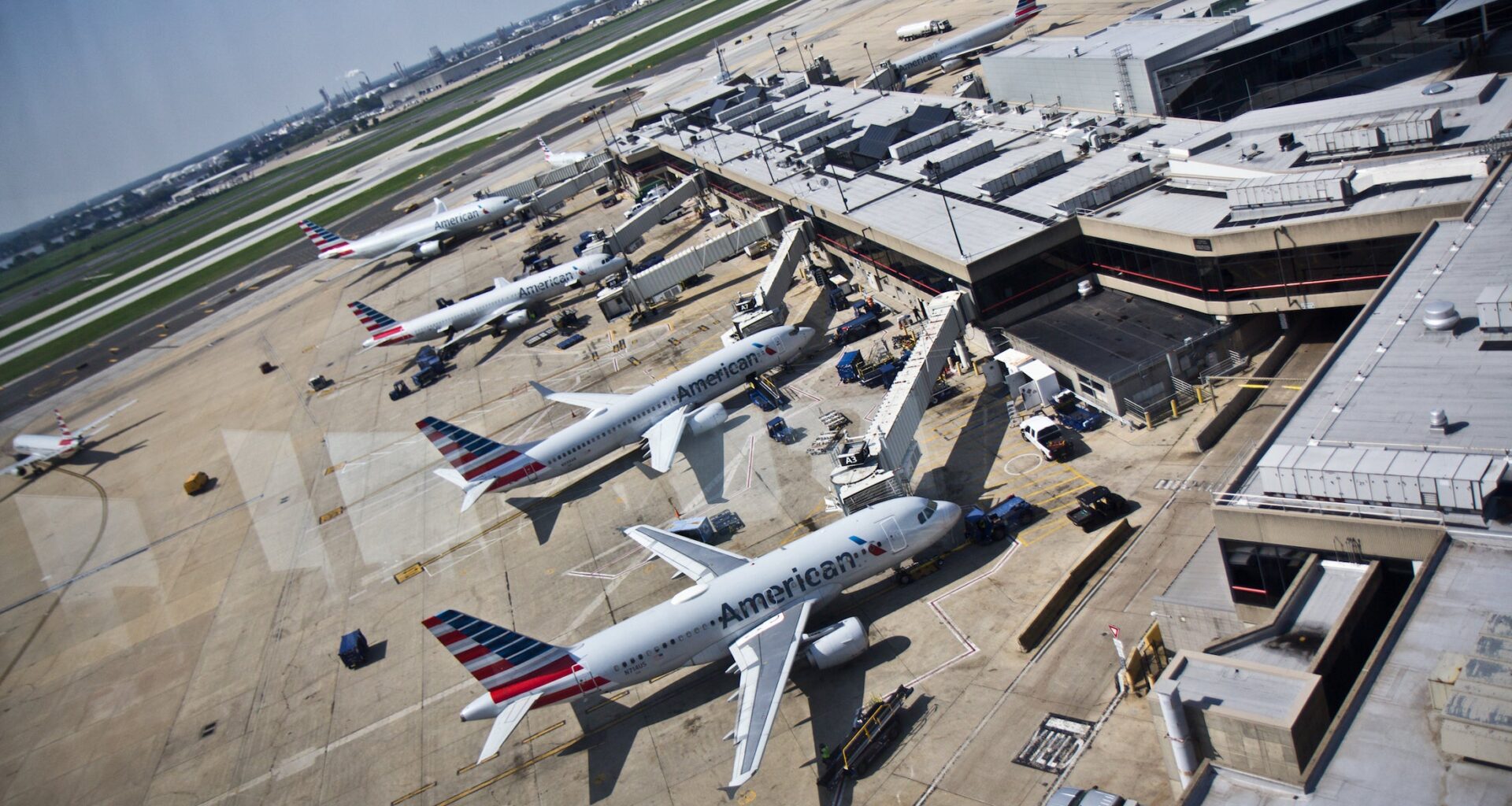Plane rides are not a uniquely carbon-intensive way to get around. In some cases, flying can actually be a more efficient option than driving or even taking a diesel-powered train, Mukhopadhaya said.
“Travel is just energy intensive, and the best way to try and reduce your emissions from travel is to avoid as much as you can,” he said.
But while business travel can be replaced by a Zoom call, travelling to visit family is often non-negotiable.
“My parents live in India. My brother lives in Australia. I live in New York,” Mukhopadhaya said. “So built into that is a lot of travel, just to be in touch with family.”
For trips where driving or taking public transit is an option, the tradeoffs get more complicated.
For a trip from Boston to New York, for example, a flight and a train ride take about the same amount of time — but the train is a much more climate-friendly option, said Prakash Prashanth, a researcher at Massachusetts Institute of Technology’s Laboratory for Aviation and the Environment.
For a trip between Philly and San Francisco, Mukhopadhaya says a bus, train, electric vehicle, or gas-powered car with four passengers would all be more climate-friendly options than flying. But flying would be a more efficient choice than driving as a single passenger.
“Commercial aviation is sort of optimized to transport a lot of people across a long distance, and it’s really good at doing that,” Prashanth said.
Reducing aviation emissions
While emissions from departing flights make up the vast majority of the Philadelphia International Airport’s total associated emissions, other sources include airport shuttle vehicles and indirect sources like production of the electricity that powers the airport building.
Climate pollution from the flights themselves is considered part of the airport’s “scope 3” emissions, also known as value chain emissions, because the planes are owned and operated by airlines, not the airport itself.
While these emissions are not directly within the airport’s control, the Philadelphia Department of Aviation hopes to collaborate with airlines to reduce their emissions, said Sustainability Manager Jessica Noon. This includes providing chargers so that airlines can electrify their baggage trucks and exploring how to make lower-emissions jet fuels available to them.
The Philadelphia Department of Aviation recently received a nearly $300,000 federal grant to study the infrastructure upgrades it would need to bring sustainable aviation fuels to the airport and to support their uptake within the region.
Sustainable aviation fuel, or SAF, refers to non-petroleum based fuels derived from sources including vegetable oil, animal fat, corn ethanol or synthetic fuels made from carbon dioxide and hydrogen. Currently, it’s at least twice as expensive as conventional jet fuel and is produced in very small volumes. Questions also surround the environmental implications of clearing land to grow crops for biofuels or diverting biofuels from other industries.
The International Air Transport Association, a trade association representing hundreds of airlines worldwide, has committed to reaching net zero emissions by 2050, and estimates a transition from traditional jet fuel to SAF will represent the majority of that emissions reduction. Other ways airlines say they plan to reduce emissions include offsets, carbon capture, as well as battery electric and hydrogen-powered aircraft.
“The industry likes to sometimes phrase it as a current solution, but it is definitely a few years, a few decades away from really scaling up,” Mukhopadhaya said.
